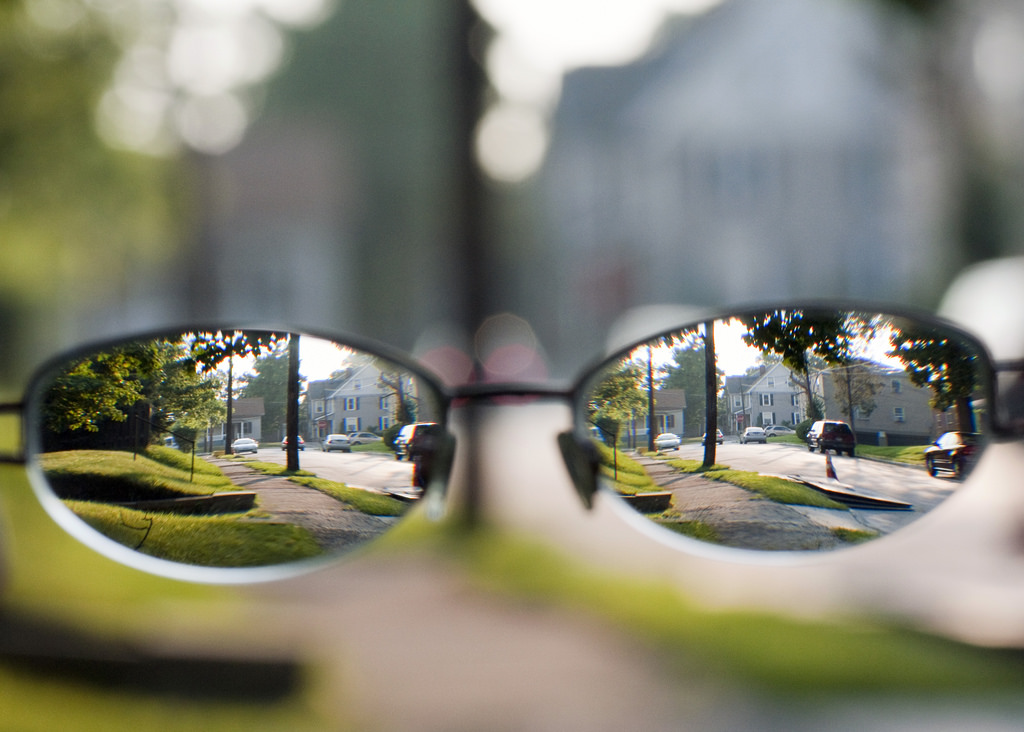The human eye is able to create vision when incoming light rays are refracted, or bent, as they pass through the cornea and lens. These refracted light rays come together on the retina, where they are translated into messages sent through the optic nerve to the brain to be interpreted into images. Individuals who have myopia, also known as nearsightedness, although they can see near objects clearly, cannot see far objects clearly because of a refractive error.
Myopia is a common type of refractive error where light rays focus images in front of the retina instead of directly on the retina, causing blurriness. Changes in the length of the eyeball, whether shorter or longer, the shape of the cornea, and/or aging of the lens can all cause refractive errors that lead to myopia. The lengthening of the eyeball or the abnormal shape of either the cornea or the lens causes refracted light to focus on other places in the eye besides the retina.
According to the Brien Holden Vision Institute, myopia is becoming the world’s leading cause of permanent blindness, where half the world’s population is expected to have myopia by 2050 and one-fifth of them will be at significantly increased risk of blindness–that’s almost 5 billion and 1 billion, respectively! This increase in risk is suspected to be a consequence of a combination of environmental factors and lifestyle choices, specifically increased “near work activities” and decreased time spent outdoors. Myopia is more prevalent in, but not limited to, East Asia, such as in countries like Singapore, Hong Kong, China, Taiwan, Korea, and Japan.
Image Source: Nico De Pasquale Photography
Initial diagnosis of myopia can occur from its symptoms. Symptoms of myopia include headaches, eyestrain, squinting, blurriness or difficulty seeing far objects, and even fatigue from driving or playing sports. Because myopia is neither curable nor reversible, there are only corrective options in treating myopia. The three main forms of treatment are eyeglasses, contact lenses, and surgery. While eyeglasses are the easiest and safest method, surgery is the more long-term (and maybe even permanent) method to correcting myopia.
Although we don’t think about our eye health every day (despite the fact that we use our eyes for almost every conscious second of our lives), it is now more than ever before important to care for our eyes because damage to our eyes is not always curable. Not only do we need to care for our own eyes, but also the eyes of everyone else in the world, as myopia is expected to affect populations worldwide.
Feature Image Source: myopia by Cathy










